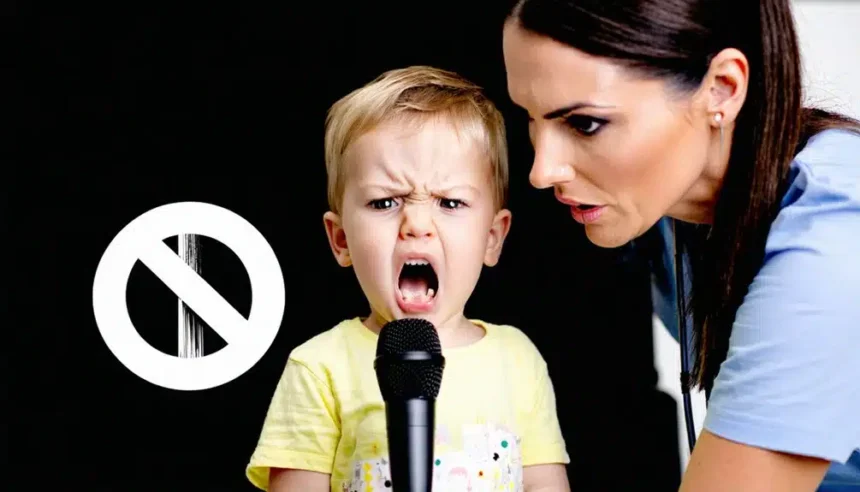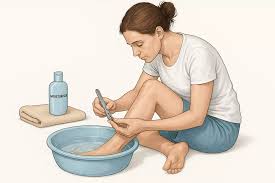Many people may experience temporary voice changes, such as hoarseness from a cold or after cheering at a sporting event. These instances are typically short-lived and resolve on their own. A change in voice may sometimes persist, signaling an underlying issue that requires attention. Voice disorders can affect anyone, from professional singers who rely on their voices for their livelihood to individuals in any walk of life.
What Are Voice Disorders?
A voice disorder occurs when the quality, pitch, or loudness of the voice is inappropriate or abnormal for an individual’s age or other circumstances. These disorders originate in the vocal cords. Any condition that affects the structure or function of the vocal cords can result in a voice disorder.
There are many causes for voice disorders, which can be grouped into several categories. These include structural changes, such as nodules, polyps, or cysts on the vocal cords. Neurological causes involve problems with the nerves that control the muscles of the voice box, as seen in conditions like vocal cord paralysis or spasmodic dysphonia.
What Are the Symptoms?
The signs of a voice disorder vary widely depending on the underlying cause and severity of the condition. A change in voice quality is often the first and most common symptom. This can manifest in several ways:
- Hoarseness or Raspiness: The voice may sound breathy, rough, or strained. This is a general symptom that is associated with various types of voice problems.
- Changes in Pitch: An individual might experience an abnormally high or low pitch, or the pitch of their voice may break unexpectedly.
- Changes in Loudness: Difficulty projecting the voice or speaking at a normal volume can be a sign of a disorder.
- Complete Loss of Voice: In some cases, a person may lose their voice entirely.
If any of these symptoms persist for more than a few weeks, a medical evaluation is recommended.
How Are They Treated?
Diagnosing a voice disorder begins with a comprehensive evaluation by an otolaryngologist, a physician specializing in ear, nose, and throat (ENT) conditions. A key part of the diagnostic process is a visual examination of the larynx and vocal cords. This is often done using a procedure called laryngoscopy. During this examination, a thin, lighted tube with a camera is passed through the throat to view the voice box. This allows the doctor to observe the structure and movement of the vocal cords as the person breathes and makes sounds. Based on these findings, a specific diagnosis can be made.
The treatment for a voice disorder is tailored to its specific cause. Treatment may involve voice therapy with a speech-language pathologist. A therapist can teach techniques for using the voice more efficiently and reducing behaviors that harm the vocal cords. Medical treatments may be recommended for underlying conditions. Surgical intervention may be required to remove growths like polyps or cysts or to repair structural problems.
Speak With an ENT
While temporary hoarseness is common, persistent changes in your voice should not be ignored. A lingering voice problem can be a sign of a treatable condition.A thorough diagnosis can identify the cause of the problem and set you on a path to the appropriate treatment, helping to restore your voice and your ability to communicate effectively.














